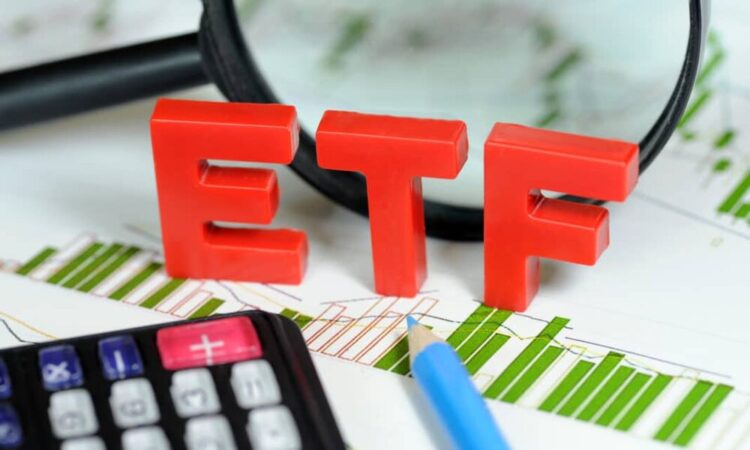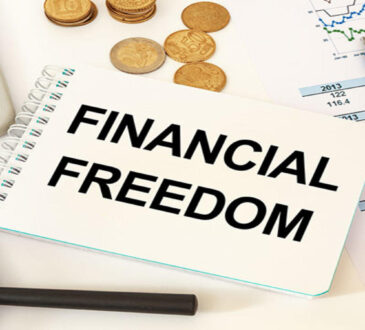
Since the stock market crash in 2008, Exchange-Traded Funds (ETFs) have become a more popular investment choice than stocks. Investors are drawn to ETFs because they are seen as a safer investment than stocks, with lower risk and fees. In this article, we’ll explore the reasons why ETFs are considered to be a safer investment than stocks. We will also examine the risks associated with ETFs and how to choose the right ETF for your portfolio.
What are ETFs, and how do they differ from single stocks?
An ETF holds a basket of assets, such as stocks, bonds, or commodities. ETFs are traded on stock exchanges and can be bought and sold like stocks. The main difference between ETFs and stocks is that ETFs are managed by professionals who ensure the asset basket is adequately diversified. This diversification helps to protect investors from the ups and downs of the stock market.
The benefits of ETFs over stocks
When it comes to risk, ETFs are often thought of as a safer investment than stocks. It is because ETFs offer built-in diversification, which reduces the overall risk of the investment. If you invest in one that tracks the S&P 500 Index, your investment will automatically spread over 500 different stocks. This diversification helps protect your investment from stock market volatility.
Another benefit of ETFs is that they tend to have lower fees than other types of investments, such as mutual funds. It is because ETFs are not actively managed and do not require a lot of overhead costs.
Why do investors prefer ETFs to stocks?
The main reason ETFs have been considered a safer investment than stocks is their built-in diversification. By investing in an ETF, you can automatically spread your investment across a wide range of assets, which helps to protect you from the volatility of the stock market.
Another reason why investors prefer ETFs to stocks is that ETFs tend to have lower fees, and this is because ETFs are not actively managed and do not require a lot of overhead costs.
The risks associated with ETFs
While ETFs offer many benefits, some risks are associated with this investment. For example, because ETFs are traded on stock exchanges, they are subject to market fluctuations, and this means that the value of your investment can go up or down depending on the stock market’s performance.
Another risk to consider is that some ETFs may use leverage, which can magnify the effects of both positive and negative market movements. Leveraged ETFs are designed for short-term trading and should only be used by experienced investors.
How to invest in ETFs for beginners
If you’re a beginner investor, there are a few things you should keep in mind before investing in ETFs. First, ensure you understand the risks associated with this type of investment. As we mentioned, ETFs are subject to market fluctuations and can lose value if the stock market declines.
It’s also essential to choose the right ETF for your portfolio. There are many ETFs to choose from, so it’s essential to do your research and select an ETF that tracks an index or sector you’re familiar with.
Tips for choosing the right ETFs for your portfolio
Here are a few tips to help you choose the right ETFs for your portfolio:
Decide what you want to invest in: There are thousands of ETFs to choose from, so it’s essential to have a clear idea of what you want to invest in before looking at specific funds.
Consider your investment goals: Once you’ve decided what you want to invest in, it’s crucial to think about your investment goals. Are you investing for the long term or the short term? How much risk are you willing to take?
Please do your research: It’s essential to do your research and select an ETF that tracks an index or sector that you’re familiar with. Read the fund’s prospectus to understand how the ETF is managed and what fees you’ll be charged.
Consider your risk tolerance: As we mentioned earlier, some ETFs may use leverage, which can magnify the effects of both positive and negative market movements. If you’re a beginner investor, choosing an ETF with a lower level of risk is essential.
Review your portfolio regularly: Once you’ve selected the right ETFs for your portfolio, it’s essential to review your investment regularly to make sure it’s still in line with your goals.




